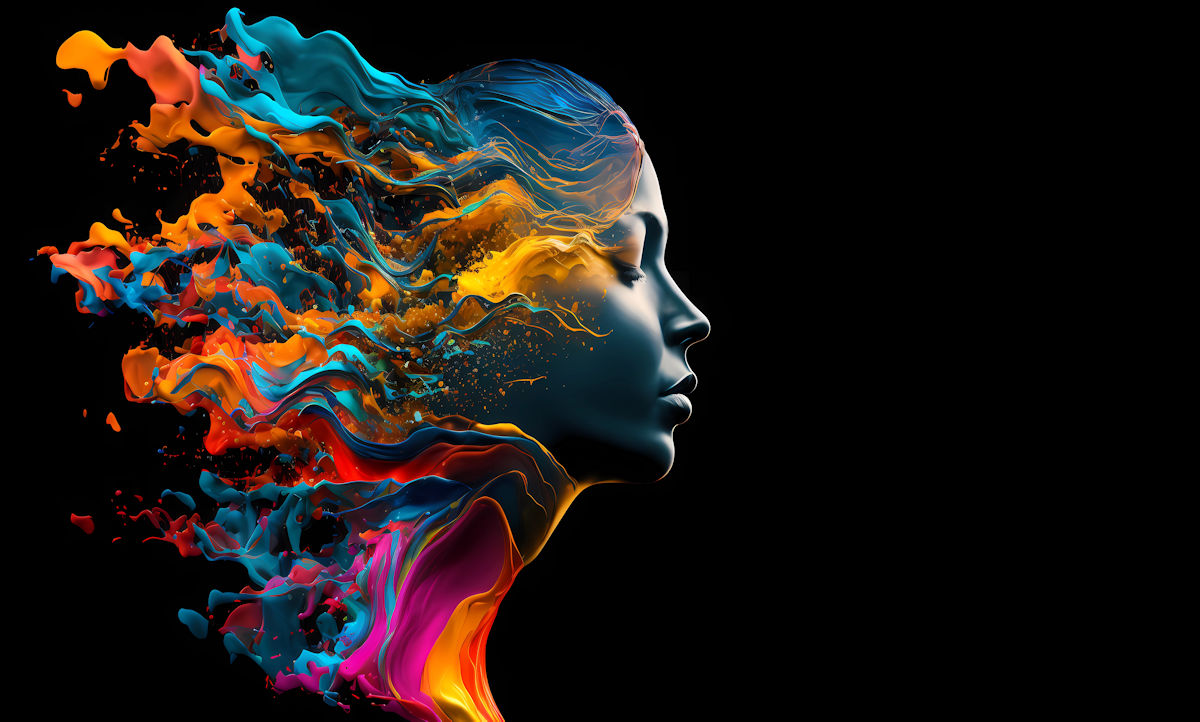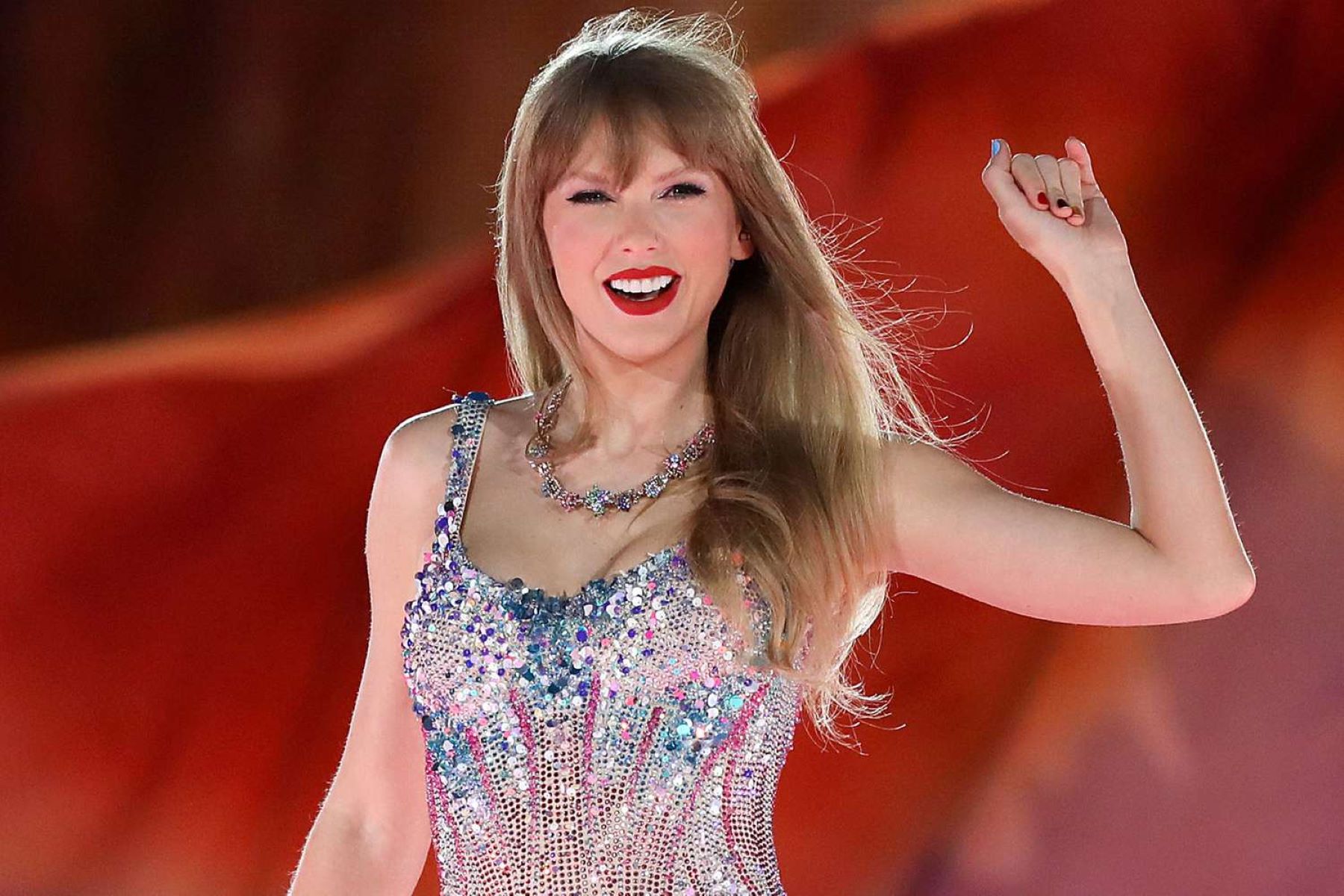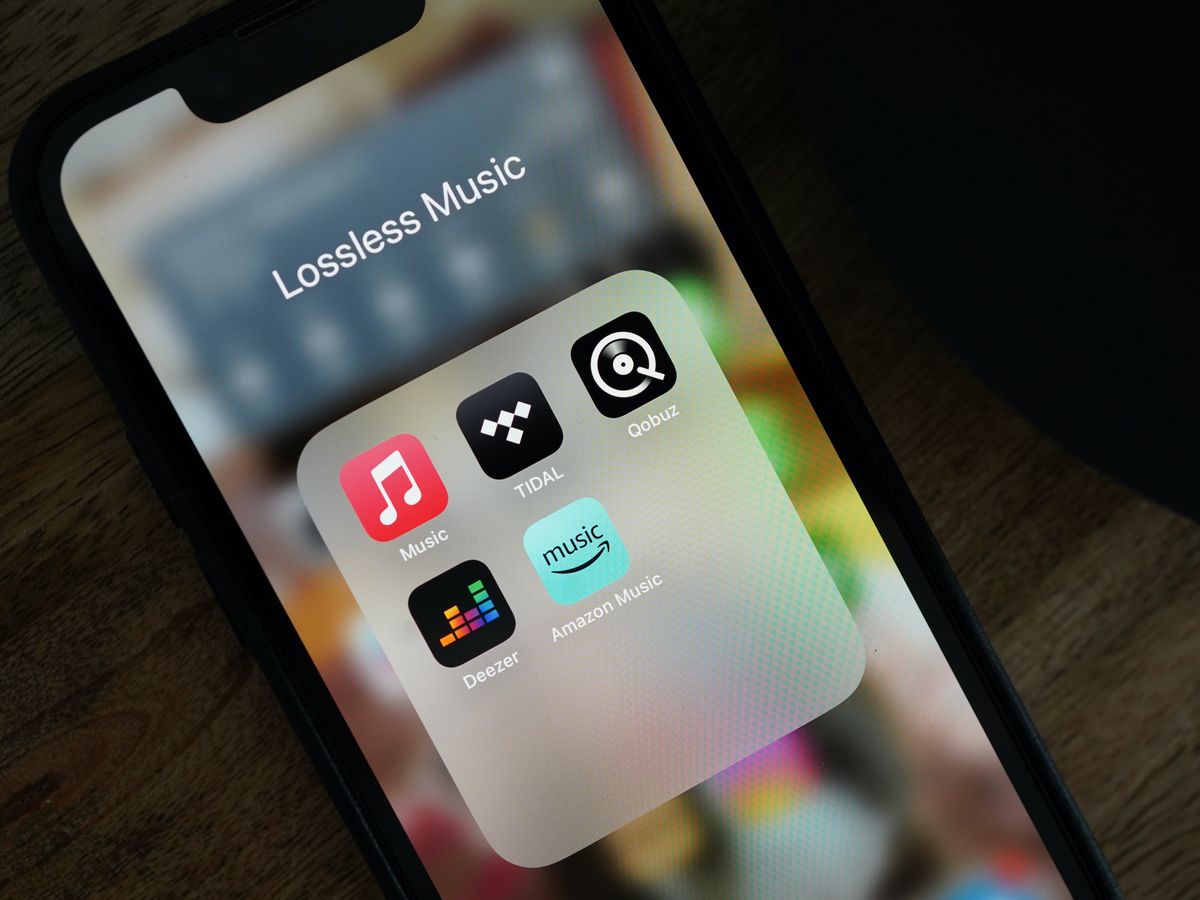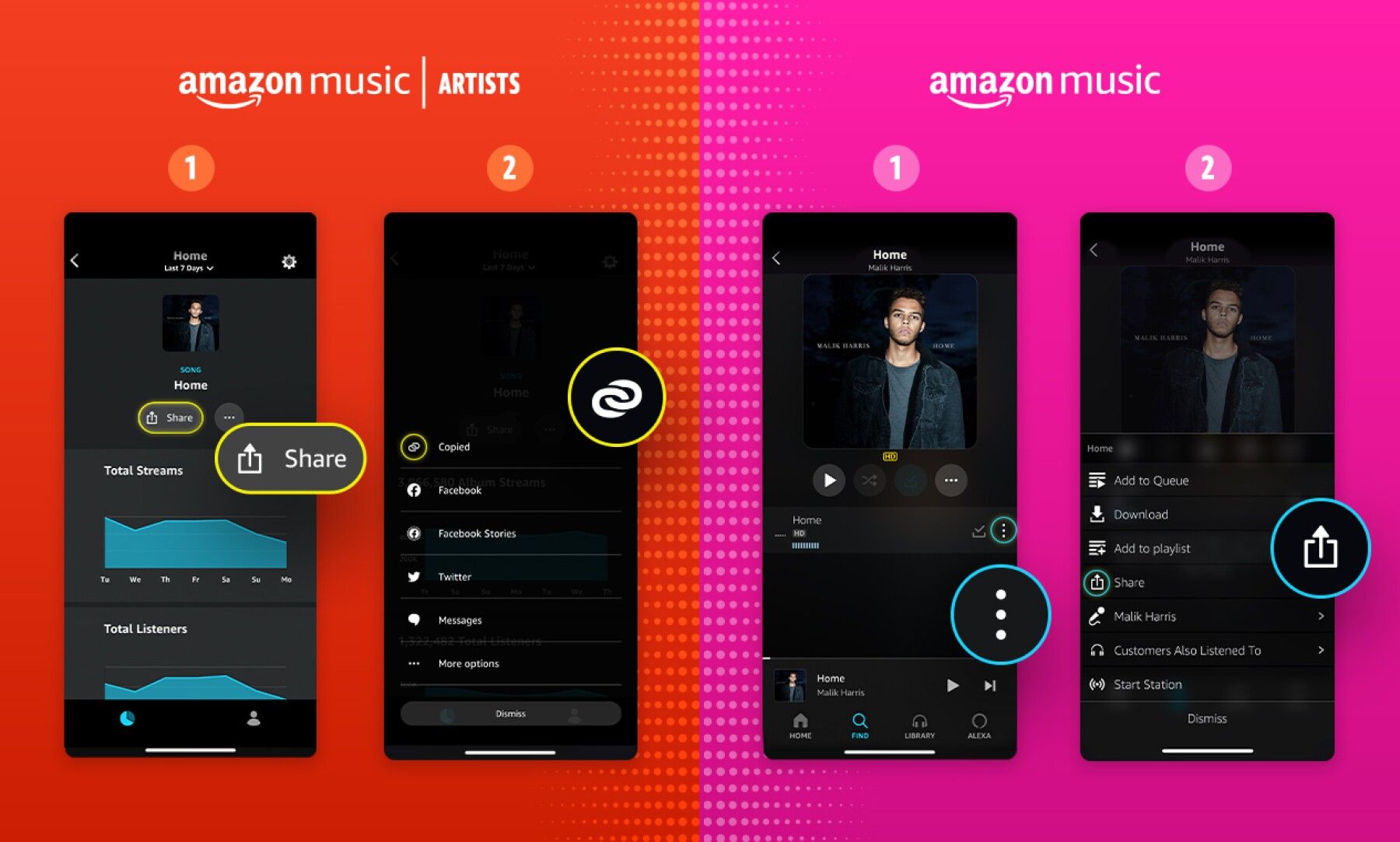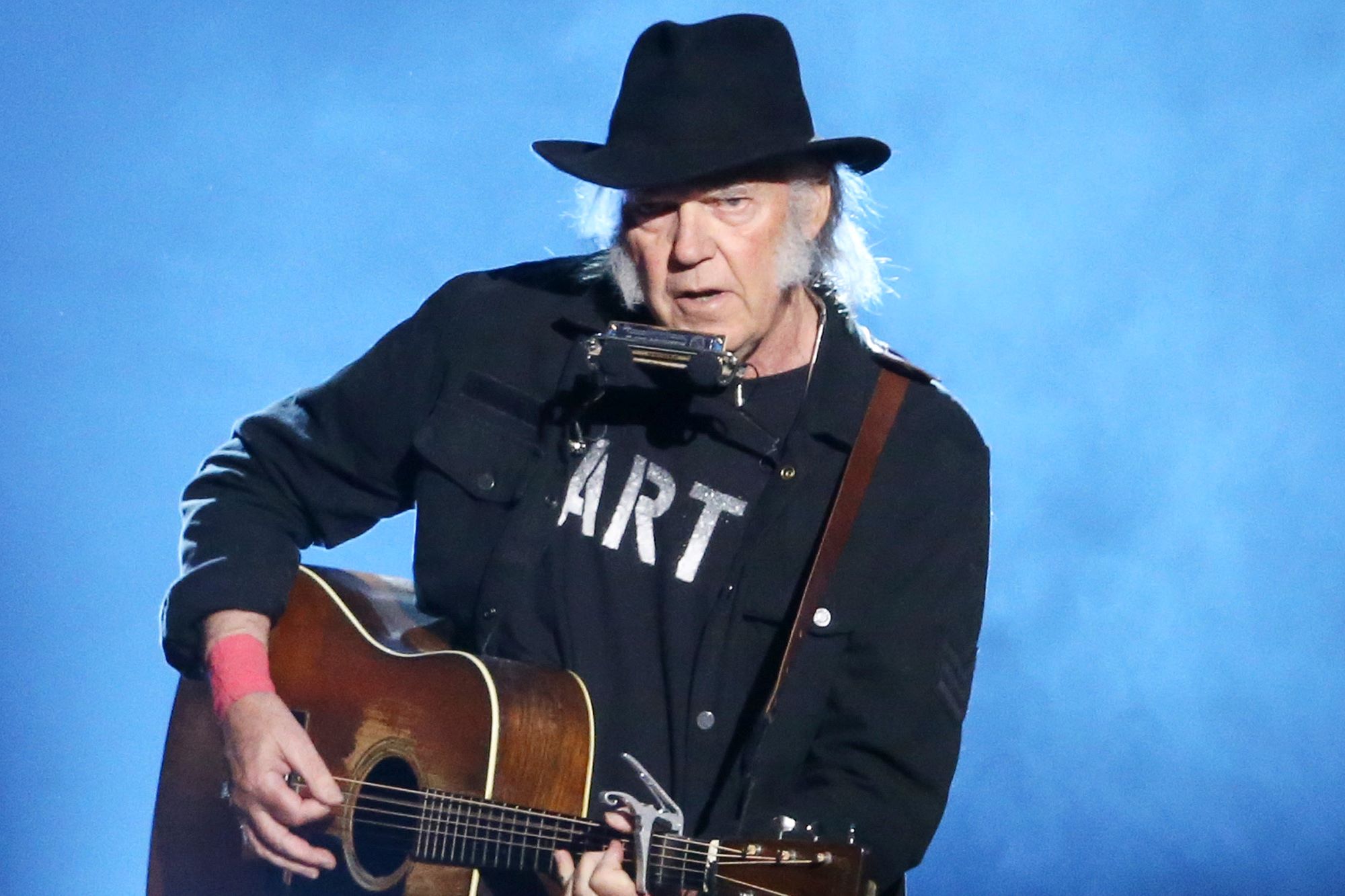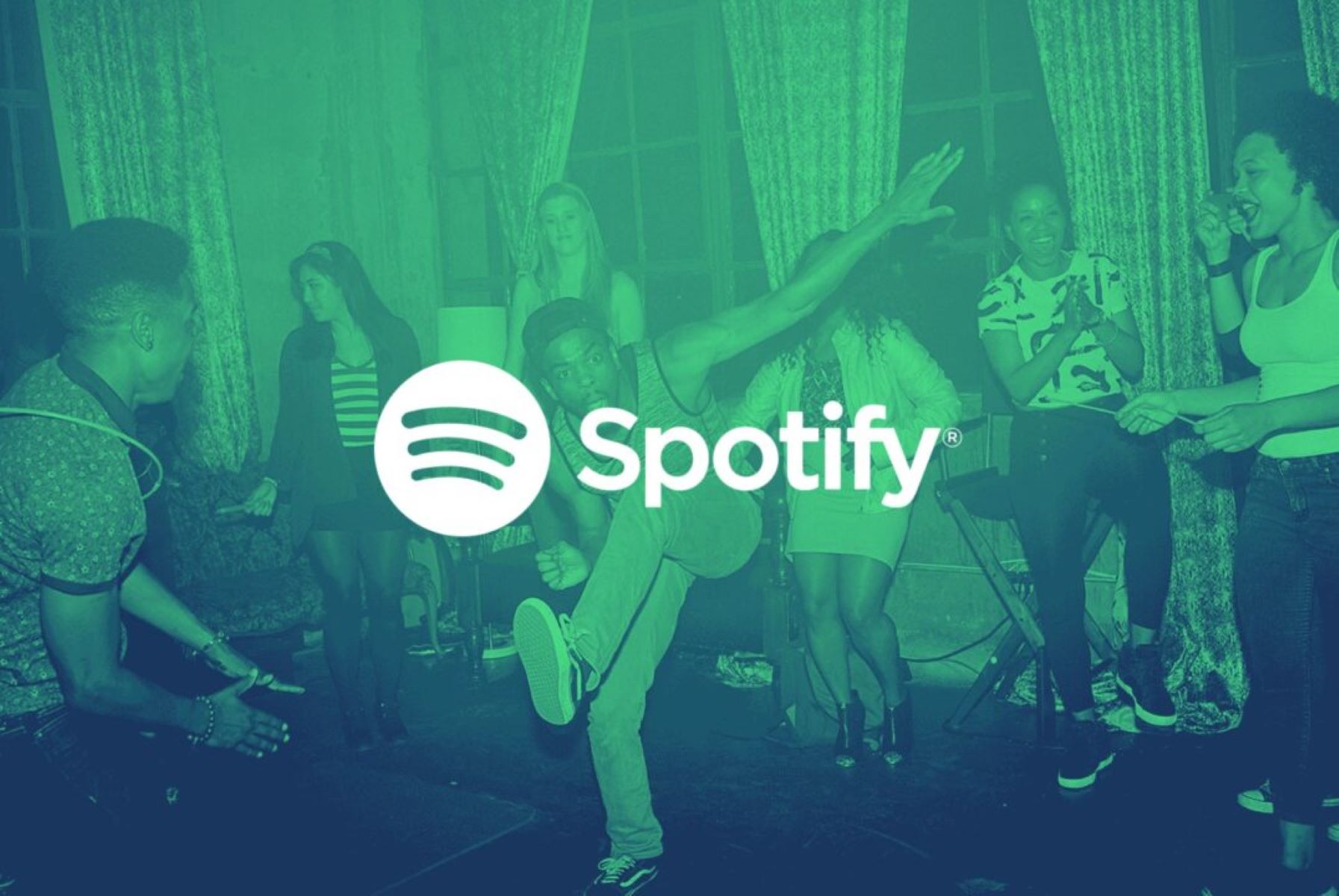The Artists’ Struggle
Generative AI is a rapidly growing field that has seen tech companies monetize its capabilities. However, the creators on whose work the AI is trained are questioning their fair share of the profits. The issue has sparked debates on whether artists should be paid and how much they deserve.
Key Takeaway
Artists and creators whose works are used to train generative AI models are demanding fair compensation, but companies have been reluctant to disclose specific compensation amounts. The lack of transparency makes it challenging for artists to decide whether participating in such models is worthwhile.
Open Letter from the Authors Guild
The concern raised by artists has gained significant attention, with a recent open letter from the Authors Guild, signed by over 8,500 renowned writers such as Margaret Atwood, Dan Brown, and Jodi Picoult. The letter urges generative AI companies to cease using authors’ works without proper authorization or compensation. Artists have also resorted to legal action, filing lawsuits against generative AI vendors like Stability AI, MidJourney, and Microsoft, citing copyright infringement and misuse.
Vendors Pledge to Establish Creator Funds
To address the concerns of artists, some vendors have committed to establishing “creators’ funds” and other means of compensating the creators whose works are used to develop generative AI models. Some companies have already launched such funds, presenting them as a step toward fair and sustainable business models for generative AI.
The Challenge of Determining Compensation
While the idea of compensating artists seems straightforward, determining the amount they can realistically expect to earn from these funds has proven to be a challenge. Generative AI models rely on copyrighted works and the usage license of publicly accessible content, disregarding the creators’ rights. Companies argue that their use of copyrighted works can fall under the “fair use” doctrine. However, legal disputes around this matter are ongoing, and public opinion mostly supports the artists, who often receive meager compensation compared to the enormous profits of tech and AI companies.
Vague Terms and Lack of Clarity
Companies like Adobe, Getty Images, Stability AI, and YouTube have introduced or promised ways for creators to share in the profits generated by generative AI. However, these companies have been unclear about the specific amount creators can expect to earn. This lack of clarity makes it difficult for creators to make informed decisions about allowing vendors to train AI models on their works.
Adobe’s Bonus Structure
Adobe, which trains its generative AI models known as Firefly on images from its stock asset library, has implemented a bonus structure. This once-a-year bonus is “different for each contributor,” but Adobe did not disclose the specific details or dollar amount involved. Contributors must reach a $25 minimum threshold to make a withdrawal, and the company does not guarantee perpetual bonus payments.
Other Compensation Schemes Remain Unclear
Similarly, Getty Images plans to pay contributors to its generative AI tool on an “annual recurring basis,” but the specifics regarding payments and licensing revenue are undisclosed. Shutterstock, another vendor offering generative AI tools, distributes one-off payments through its Contributors Fund, but only limited information is provided about the payment structure.
The Lack of Concrete Compensation Schemes
Surprisingly, the mentioned compensation schemes are the most concrete examples found thus far. Other vendors have yet to provide clear compensation structures or even an estimate of the average earnings for creators. Excuses range from the newness of the technology and business models to the wide variation in potential earnings. These explanations, however, may not satisfy creators who heavily rely on contract income to sustain themselves.
Hope for Transparency
While the future of generative AI compensation remains uncertain, some startups are attempting to be transparent and focused on creators’ interests. Braia, for example, trains its AI strictly on licensed images and has a revenue-sharing model that allows artists to set prices per AI training run based on the impact of their contributions.







